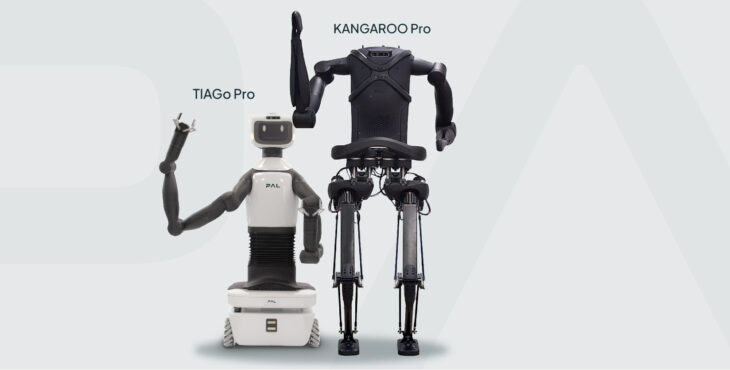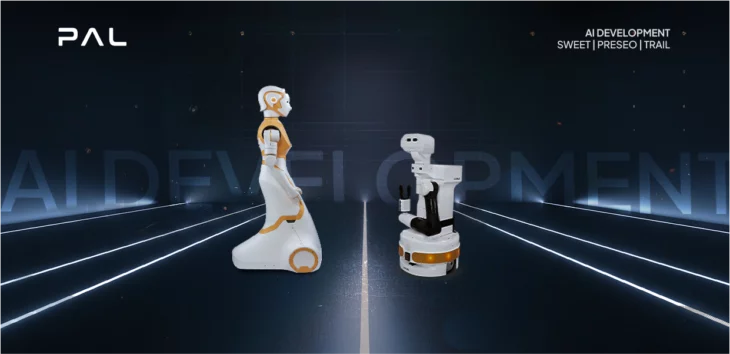Cosero robot training how to identify and grasp objects
In this blogpost, we continue the article of our Artificial Intelligence Engineer, Ricardo Téllez, who visited the Robocup@Home in Mexico. The first part was published last week (previous blogpost). Hereby his findings – part II!
At the Universities, people are more concentrated on doing proof of concepts. This means that researchers and students work in order to show that something is possible at least once. Once this is demonstrated, they move to another subject to try to demonstrate that it is also possible in principle. After all, they get recognition after any new discovery or demo of possibility. So they are not interested in robustness as much as they can keep on doing more proofs of concepts.
Companies, instead, they need to have robust products in order to sell them. By robust products, I mean products that provide all the time what is expected from them. In the case of robots, the robust robot must be able to follow its master 99% of the times, in different places and locations, be able to grasp objects or understand languages in almost any situation.
To achieve robust products, companies have developed a whole bunch of quality assurance mechanisms that can be applied to all mechanical, electronic and software parts. They also dedicate the time to implement those mechanisms, which include unit testing, massive test of hardware under limit conditions, testing under noisy conditions, testing in simulated environments, etc.
However, companies do not feel attracted yet to the Robocup competition, hence they do not use their products to participate and make the competition more interesting.
Robot engages into cyclic behaviour during Robocup competition
Since researchers do not have access to all that bunch of techniques (not because they don’t know but because they do not have time and money to implement them), the solution they have found is something intermediate. They buy as much off-the-shelf hardware as they can (Kinect cameras, Hokuyo lasers, Pioneer mobile bases, Katana arms…), and they use as much already made software as they can (let’s say ROS and other open source libraries). However, there are still some robot parts that are not available in the market, so participants must construct them themselves. And hence, a possibility of failure appears.
I presume that when companies participate in the competition the level will increase since most of current failures will be avoided, and the competition will concentrate on skills development rather than in robustness achievement. Next question is then, how can we make the competition interesting to companies.
REEM-B, a product of PAL Robotics


